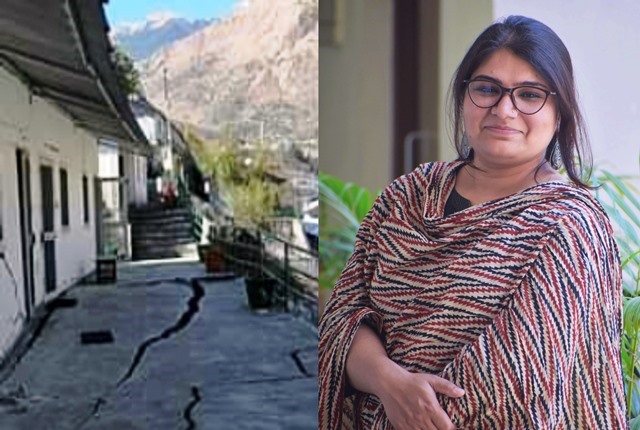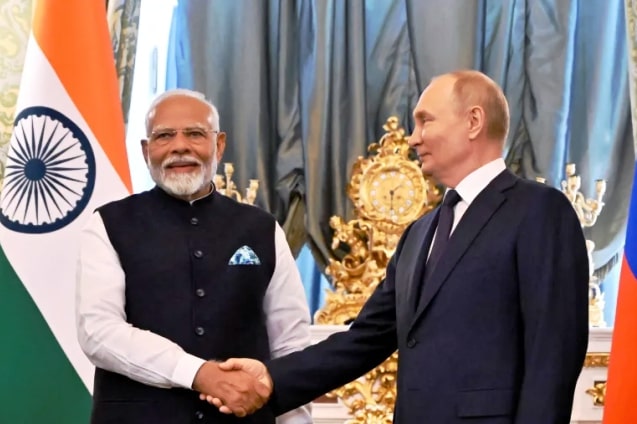Former US President Donald Trump, in his first account of being shot at during a rally in Pennsylvania, has said that the bullet fired at him “pierced” the upper part of his right ear. Trump said that he immediately knew something was wrong.
He also thanked the US Secret Service and law enforcement for their rapid response to the shooting that just took place in Pennsylvania’s Butler. He also offered condolences to the family of a person who was killed at the rally and the person who was injured.
In a post on Truth Social, Trump stated, “I want to thank The United States Secret Service, and all of Law Enforcement, for their rapid response on the shooting that just took place in Butler, Pennsylvania. Most importantly, I want to extend my condolences to the family of the person at the Rally who was killed, and also to the family of another person that was badly injured.”
“It is incredible that such an act can take place in our Country. Nothing is known at this time about the shooter, who is now dead. I was shot with a bullet that pierced the upper part of my right ear. I knew immediately that something was wrong in that I heard a whizzing sound, shots, and immediately felt the bullet ripping through the skin. Much bleeding took place, so I realized then what was happening. GOD BLESS AMERICA,” he added.
The gunfire incident, which comes months before the 2024 US presidential elections, disrupted Trump’s rally in Butler, Pennsylvania, on Saturday, CBS News. Trump was immediately escorted off stage by US Secret Service agents and taken away in a motorcade. In the videos that went viral on social media, Trump could be seen bleeding from his ear.
Trump was taken away in a motorcade. He held up a fist as he sat in the SUV. His motorcade departed Butler Memorial Hospital a little before 9:30 pm (local time), CBS News reported, citing two sources.
It was unclear where Trump was headed. Initially, he was scheduled to travel to his estate in Bedminster, New Jersey, before travelling to Milwaukee for the Republican National Convention, which is scheduled to begin on Monday.
In a statement, the US Secret Service said that a suspected shooter fired multiple shots towards the stage from an elevated position outside of the rally venue during Trump’s campaign rally in Butler on July 13 at 6:15 pm (local time).
The US Secret Service personnel neutralized the shooter, who is now dead. According to the statement, one spectator was killed and another was critically injured and the incident is being investigated.
While sharing the US Secret Service’s statement on X, Chief of Communications for the United States Secret Service, Anthony Guglielmi, stated, “Here is the latest information from our investigation. We are grateful to the Secret Service team and our law enforcement partners for their swift action. Our thoughts go out to the families affected by this tragedy.”
In a statement, US Secret Service stated, “During former President Trump’s campaign rally in Butler, Pennsylvania on the evening of July 13th at approximately 6:15 p.m., at the suspected shooter fired multiple shots toward the stage from an elevated position outside of the rally venue. US Secret Service personnel neutralized the shooter, who is now deceased.”
“US Secret Service quickly responded with protective measures and the former president is safe and being evaluated. One spectator was killed, two spectators were critically injured. The incident is currently under investigation and the Secret Service has formally notified the Federal Bureau of investigation,” it added.
Speaking to CBS News, law enforcement sources said that the suspect was shooting with an AR-style rifle from 200-300 feet away. According to law enforcement sources, the gunman was on top of a shed outside the security perimeter set up by the Secret Service. (ANI)
For more details visit us: https://lokmarg.com/









